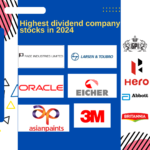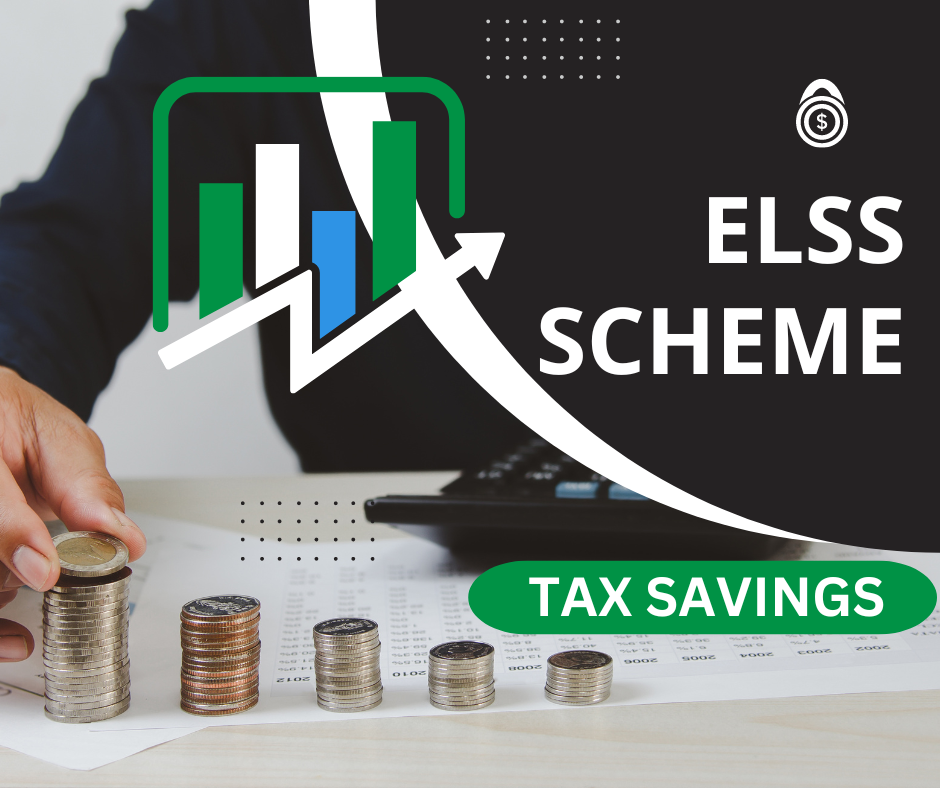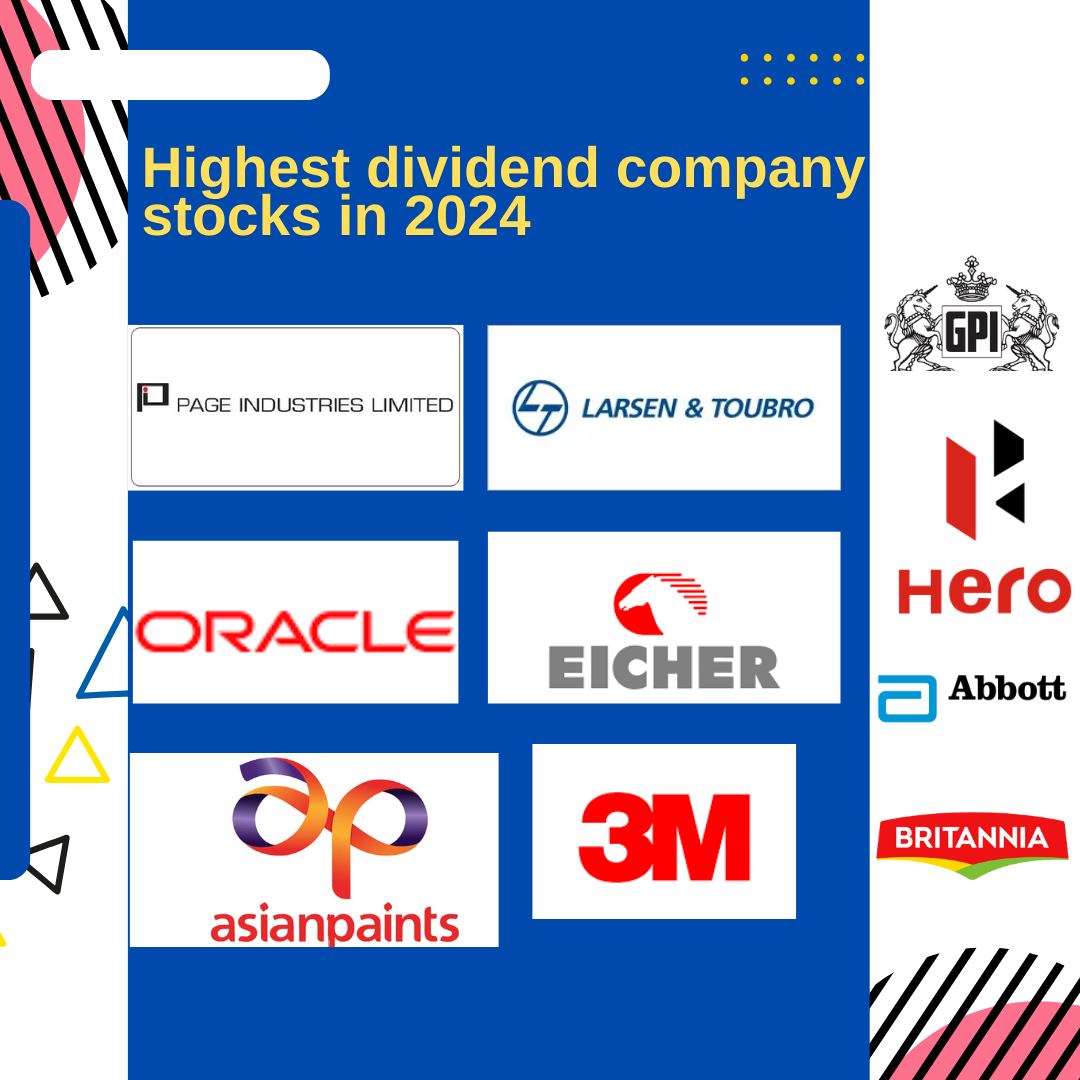ELSS Tax Savings Schemes
ELSS Tax Savings Schemes In the ever-changing landscape of financial products, finding the right balance between tax efficiency and investment growth can be challenging. For many investors, Equity Linked Savings Schemes (ELSS) offer a compelling solution by combining tax benefits with the potential for substantial returns. In this article, we will therefore dive into the essentials of ELSS, exploring what it is, how it functions, and why it could be a valuable addition to your tax-saving strategy.

What is ELSS?
Equity Linked Savings Schemes (ELSS) are mutual funds that primarily focus on investing in stocks and related equity instruments. Consequently, these schemes provide investors with the advantage of potential growth in their investments, along with tax savings under Section 80C of the Income Tax Act. Moreover, ELSS aims to promote long-term investment in the stock market while delivering these valuable tax benefits.
Features of ELSS
Tax Benefits
Section 80C Tax Deduction
- Feature: Investments in ELSS qualify for tax deductions under Section 80C of the Income Tax Act.
- Tax Benefit:You can deduct up to ₹1.5 lakh annually from your taxable income for your ELSS investments, which effectively reduces your total tax liability. Additionally, this deduction applies not only to ELSS but also to other eligible investments within the ₹1.5 lakh limit.
Tax-Free Long-Term Capital Gains (LTCG)
- Feature: ELSS investments enjoy favorable tax treatment on returns.
- Tax Benefit:Long-term capital gains up to ₹1 lakh per year are tax-free. However, gains beyond this threshold are taxed at 10% without considering inflation adjustments. Consequently, this tax-free status on gains up to ₹1 lakh makes ELSS an attractive option for keeping more of your investment growth.
No Extra Taxes on Dividends
- Feature: ELSS funds usually pay out dividends to investors.
- Tax Benefit:While dividends are taxed based on your income tax slab, ELSS itself doesn’t impose additional taxes on the dividends earned from the fund. Therefore, your dividends are only subject to standard income tax, effectively avoiding extra tax burdens.
Tax Benefits on Withdrawals
- Feature: ELSS has a mandatory 3-year lock-in period.
- Tax Benefit: The lock-in period helps you realize tax benefits over the long term. Specifically, this period aligns with the tax-free status for long-term capital gains (LTCG) up to ₹1 lakh. Consequently, if your gains stay within this limit, you can benefit from tax-free growth.
Flexibility in Investment Amounts
- Feature: You can make multiple investments in ELSS within the ₹1.5 lakh limit.
- Tax Benefit:There’s no restriction on how many ELSS investments you can make, provided that the total amount claimed for deduction does not exceed ₹1.5 lakh. As a result, this flexibility allows you to diversify your investments across various ELSS funds while still claiming the full tax deduction.
Lock-In Period
Duration
- Overview: ELSS requires a lock-in period of 3 years from the date you make an investment.
- Effect: You can’t withdraw or redeem your investment before this 3-year period is up. This ensures that your money stays invested long enough to benefit from potential equity market growth.
Encouragement of Long-Term Investing
- Overview: The lock-in period is designed to promote a long-term investment strategy.
- Effect: Keeping your money invested for a full 3 years allows you to potentially gain from market increases and the compounding effect, which are crucial for maximizing returns in equity investments.
Tax Benefits Alignment
- Overview: The 3-year lock-in period complements the tax advantages available under Section 80C and the tax-free status for long-term capital gains (LTCG) up to ₹1 lakh.
- Effect: Staying invested for the entire lock-in period ensures you can claim tax deductions on your investment and enjoy tax-free gains on returns up to ₹1 lakh.
No Partial Withdrawals
- Overview: During the lock-in period, you cannot make partial withdrawals or redeem your investment.
- Effect: This rule ensures that the full amount remains invested, supporting your overall investment strategy and allowing your investment to potentially grow without interruptions.
Promotion of Investment Discipline
- Overview: The lock-in period encourages disciplined investing by preventing early withdrawals.
- Effect: It helps you avoid the temptation to pull out funds due to short-term market changes, promoting a stable, long-term investment approach.
Flexibility Post-Lock-In
- Overview: After the 3-year lock-in period, you have the option to either withdraw your investment or keep it invested.
- Effect: This flexibility allows you to decide what to do with your funds based on your financial goals and the current market situation once the lock-in period concludes.
Compounding Advantages
- Overview: The lock-in period allows you to benefit from compounding effects.
- Effect: By keeping your investment in place for the full duration, you can take advantage of compounding, which can significantly boost your returns over time.
Potential for High Returns
-
Investment in Stocks
- Overview: ELSS primarily puts money into stocks and related investments.
- Potential: Stocks usually provide higher returns compared to safer investments like fixed deposits or bonds. By investing in a range of stocks, ELSS seeks to benefit from the growth in different sectors and companies, which can lead to substantial gains over time.
-
Benefits of Compounding
- Overview: The returns from ELSS are reinvested to generate further earnings.
- Potential: Reinvesting returns allows for compounding, where your earnings generate additional returns. Over time, this can lead to significant growth in your investment’s value, enhancing overall returns.
-
Growth with the Market
- Overview: ELSS is tied to the performance of the stock market.
- Potential: When the market is doing well and expanding, stocks can perform exceptionally. ELSS can capitalize on these favorable market conditions, potentially resulting in high returns when the market is strong.
-
Spread of Investments
- Overview: ELSS funds invest in a variety of sectors and companies.
- Potential: Diversifying investments reduces risk by spreading it across multiple assets. This approach allows the fund to benefit from growth in various industries, potentially leading to higher overall returns, even if some sectors don’t perform as well.
-
Expert Management
- Overview: ELSS funds are overseen by experienced professionals.
- Potential: These fund managers use their knowledge to choose high-potential stocks and make smart investment decisions. Their expertise in navigating market conditions and selecting successful stocks can enhance the potential for better returns.
-
Longer Investment Period
- Overview: ELSS requires a minimum investment duration of 3 years.
- Potential: A longer investment horizon allows the fund to take advantage of market growth and the compounding effect. Historically, stocks perform better over extended periods, making the 3-year lock-in period beneficial for maximizing returns.
-
Tax-Free Gains
- Overview: Profits up to ₹1 lakh from ELSS are not taxed.
- Potential: The tax-free status of gains up to ₹1 lakh enhances your overall returns by allowing you to keep more of your investment profits without paying additional taxes.
-
Flexible Investment Options
- Overview: You can invest in ELSS through lump sums or regular SIPs (Systematic Investment Plans).
- Potential: This flexibility lets you adjust your investment amounts based on your financial situation and market conditions. Whether you invest a large sum at once or make regular contributions, you can optimize returns and take advantage of market opportunities.
Tax on Returns in ELSS
-
Long-Term Capital Gains (LTCG)
- Overview: When you hold an ELSS investment for more than 3 years, any profit you make is considered long-term capital gains.
- Tax Benefit: You don’t pay taxes on the first ₹1 lakh of these gains each financial year. This means the initial ₹1 lakh of profit you make in a year is tax-free.
-
Tax on Gains Above ₹1 Lakh
- Overview: If your gains exceed ₹1 lakh in a financial year, the amount above this limit is taxable.
- Tax Rate: The excess amount is taxed at 10%, and you don’t get any adjustment for inflation. This tax rate only applies to the gains over the ₹1 lakh threshold.
-
Dividends
- Overview: ELSS funds may give out dividends to investors.
- Tax Implication: While the dividends you receive are taxed according to your income tax slab, ELSS doesn’t impose any extra taxes on these dividends. You’ll need to include the dividends in your income tax return and pay tax based on your income level.
-
Withdrawals
- Overview: The tax treatment of your returns depends on how long you hold the ELSS.
- Tax Benefit: If you keep the investment for the full 3-year lock-in period, you benefit from the long-term capital gains tax rules. However, you cannot withdraw your investment before the 3-year lock-in period is up.
Summary
- Gains up to ₹1 lakh per year: Tax-free
- Gains above ₹1 lakh: Taxed at 10% with no adjustment for inflation
- Dividends: Taxed based on your income tax slab, with no extra tax from ELSS
- Withdrawals: Gains are not taxed if held for the 3-year lock-in; early withdrawals are not allowed before 3 years.
This explanation should help you understand how taxes are applied to returns from ELSS investments.
Investment Flexibility
Investment Methods
- Overview: ELSS allows you to invest in two main ways: as a lump sum or through Systematic Investment Plans (SIPs).
- Details:
- Lump Sum: You can invest a large amount all at once.
-
SIP: You can invest smaller amounts on a regular basis, like monthly or quarterly.
Amount Flexibility
- Overview: You have control over how much you invest in ELSS.
- Details:
- Lump Sum: There’s generally no set minimum for a one-time investment, but it’s good to check with the fund for any specific minimums.
- SIP: There’s usually a minimum amount required for each SIP installment, which is often quite low, making it easier to start with smaller investments.
Frequency of Investments
- Overview: ELSS lets you choose how often you want to invest.
- Details:
- SIP Frequency: You can decide to invest monthly, quarterly, or according to the schedule the fund provides.
Investment Duration Flexibility
- Overview: ELSS requires a 3-year lock-in period.
- Details: You need to keep your investment for at least 3 years. However, you can choose to stay invested for longer to take advantage of market growth and the benefits of compounding. After 3 years, you can then decide to either withdraw your funds or continue keeping them invested.
Additional Contributions
- Overview: You can add more money to your ELSS investment.
- Details:
- Top-Up:You can increase your investment by adding extra amounts, especially if you’re using SIPs. Consequently, this adjustment can be made based on your financial goals and market conditions.
Withdrawal Flexibility
- Overview: Withdrawals are restricted during the 3-year lock-in period.
- Details: Once the lock-in period ends, you have the flexibility to either withdraw your investment or continue holding it. Therefore, you can make a decision based on your financial needs and market outlook.
Diversification Choices
- Overview: You can invest in multiple ELSS funds.
- Details: You’re not restricted to just one ELSS fund; rather, you can invest in several. This approach allows you to diversify your portfolio and spread out risk, thereby potentially enhancing your returns based on various fund strategies.
Switching Between Funds
- Overview: Some ELSS funds allow you to switch between different schemes within the same fund house.
- Details:This option allows you to reallocate your investments within the same fund house. Consequently, you can adjust your investment strategy based on performance or changes in your goals.
How to Choose the Right ELSS Fund
ELSS Tax Savings Schemes Following these steps will help you choose an ELSS fund that aligns with your financial goals and risk tolerance, ensuring a more informed investment decision. First and foremost, define your financial goals and identify objectives, such as saving for retirement or funding education. Next, consider your investment horizon and ensure it matches the 3-year lock-in period of ELSS. Longer investment periods can maximize benefits from market growth and compounding.
Once you’ve clarified your goals and investment timeline, assess the fund’s performance by reviewing its past returns over different periods (1 year, 3 years, 5 years). Look for consistency in returns rather than erratic performance. Examine the fund’s investment approach by checking its portfolio details and ensuring it fits your risk tolerance and financial objectives.
Evaluate the fund manager’s experience and management style to understand their investment approach. A manager with a strong track record may indicate stability and expertise. Consider the expense ratio as well, as lower ratios can lead to better net returns. Compare fees across different ELSS funds to make an informed decision.
Check the fund’s Assets Under Management (AUM) to gauge its popularity and stability. A larger AUM can signify investor confidence but consider if very high AUM might impact flexibility. Review tax considerations, as ELSS funds offer tax benefits under Section 80C, but be mindful of any tax implications on returns and dividends.
Read the scheme documents, including the fund’s prospectus and Key Information Memorandum (KIM), for crucial details about its objectives, strategy, risks, and expenses. Evaluate the fund’s risk by assessing its historical volatility and asset allocation, ensuring it matches your risk profile.
Lastly, consider consulting a financial advisor for personalized guidance based on your financial situation and goals if you’re uncertain about your investment decisions.
Conclusion
Equity Linked Savings Schemes (ELSS) provide an attractive mix of tax savings and growth opportunities. Specifically, they are ideal for investors seeking tax benefits and who are comfortable with the risks of investing in equities. Furthermore, with a 3-year lock-in period, ELSS promotes long-term investing, which is crucial for growing your capital. By selecting the right ELSS fund and incorporating it into your broader investment plan, you can not only maximize your tax savings but also move closer to achieving your financial objectives. Thus, ELSS Tax Savings Schemes can be a valuable component of a well-rounded investment strategy.









